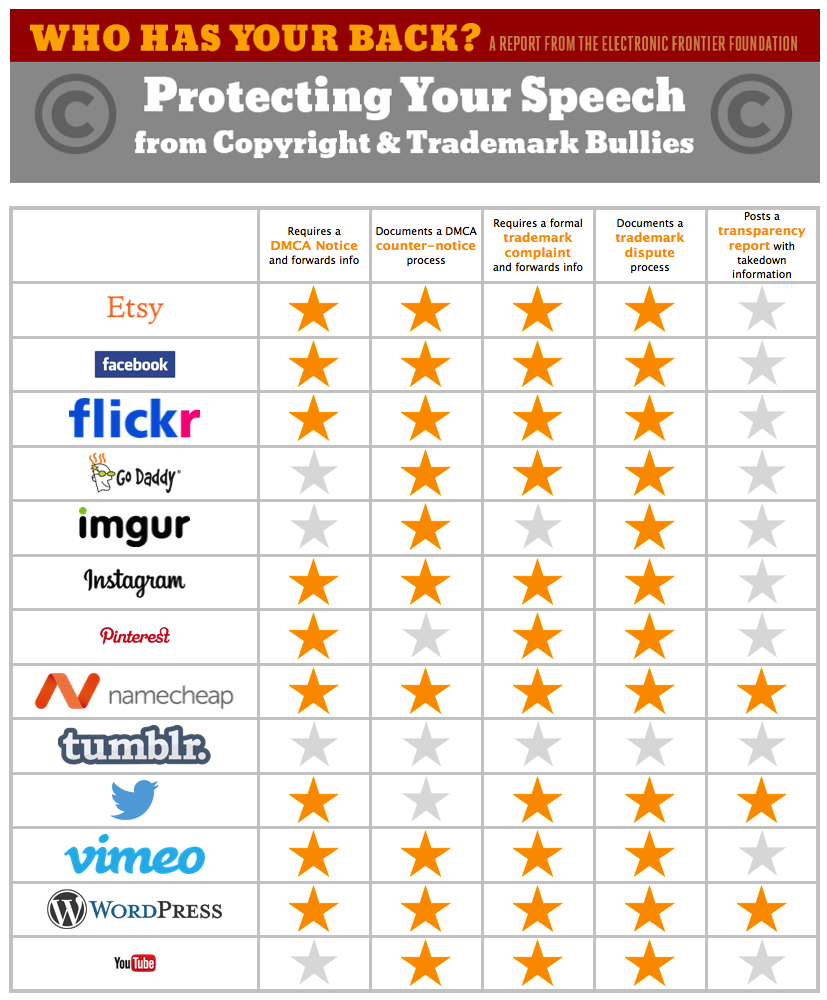While going through Sedláček’s seminal Economics of Good and Evil – which should be a mandatory read for all economics, business, and audit (-of-all-sorts) students, I came across one part that struck me as possibly relevant for direct application in accountancy.
Oh but of course, there’s so great a many more parts that should be applied, the sooner the better. I’ll return one day, in the next couple of months, with probably a series of Book by Quote posts on the book, including some analysis and comments maybe this time. And by ‘direct application’ I meant application as useful underpinning undercurrent, root cause, in tha analysis, of what’s wrong with latter-day accountancy, helping as pointers towards possible improvement(s) there. The kicker is in the tail of this post …
First, this:
 [According to legend, the exact spot (flag) where St. George slew the dragon, at the St. Jordi (of course) gate, Montblanc, Catalunya. Somewhat fittingly a bus stop 2 yards away, if you could make this post a similar exact slaying spot of accountancy’s woes ;-]
[According to legend, the exact spot (flag) where St. George slew the dragon, at the St. Jordi (of course) gate, Montblanc, Catalunya. Somewhat fittingly a bus stop 2 yards away, if you could make this post a similar exact slaying spot of accountancy’s woes ;-]
OK. To start. Sedláček has this chapter where a number of Value systems are lined up. On the far left is Kant, with the good-ness of a man’s actions being everything, regardless of the results. Next from the left towards the middle are Christian and Judean thought, and on with Aristoteles, Epicurists (which I think he interprets, and places, incorrectly), Hedonists and finally on the far Right flank, Utilitarians and Mandeville – Greed is Good or rather: only (!?) vice is good (for progress – and we all need that, right?). When reading this (and, as said, I don’t agree with everything there even taking into account Sedláček’s clear statement that the abbreviation may bend the correctness of content), something struck me:
What if, when, the utilitarians have kidnapped the meek of the middle-to-left; have made them believe that they could remain true to themselves in this hostile world, while at the same time the villains have isolated them from the real world and just harvest their proceeds?
[From here on, it gets contentious. Don’t be put off by what you might interpret as rebellious bluntness. I just have not sufficient time to write it all out in a diplomatic, friendly fashion – a diplomat is someone who tells you to go to heck in such a way that you look forward to the journey]
This, e.g., in the wider society where Jaron Lanier’s siren servers harvest all the data production that consumers do; promising benefits but keeping all the humongous moneys to themselves. And, as said, in accountancy, where the individual accountant (partner) is still allowed to believe (s)he works for the greater good of society, to be a really important cog in (economic) society’s good behavior machine. Where in the mean time, the leading partners (or the jump from individual to collective!) roam off all the vast margins and don’t care less about quality. The latter may sound coarse but considering the pressure on productivity levels and budgets, and considering the declared Holy goal of profit increase (second derivative!) …
Such kidnapping points at the improvements required in accountancy today, in particular re the ‘Big’ 4 their handywork for large organisations i.e. just signing off and caring less (proven) about the quality of investigative work done. The horror to think one would dig deep enough for root causes, that would only cost mo-ney…! and could set us up for confrontation with the client, even by causing the hassle or having to amend (processes – cumbersome and costly, and books – the same).
As stated, this may help in the current discussions about the ‘business model’ in accountancy in particular re the ‘Big’ 4. Where talk is of what the client is that should be served, and how to align payment accordingly. As now, in practice the Board, the very auditee, pays. Officially, the Board of Supervisors (Raad van Commissarissen) does, that in an ideal world would represent not only stockholders’ interests but also other stakeholders’; we live in not quite an ideal world where the RvC has to deal with Regulatory Capture if (not when) they’d be aware of that and would even be aware of the need to break the old boys’ networks. And even then, the client could be the RvC but paying the (external) accountant out of profits comes down to the Board registering that in the organization’s books after the best placed to understand and estimate, the Board, would negotiate the budget. In the end, the auditee pays. Who pays, stays. ‘Whose bread one eats, his words one speaks’ (Dutch). Despite the Good ones trying to maintain their independence, in appearance and practice; this shouldn’t be a struggle but an easy stable starting point not having to depart from or returned back to. Certainly not in public opinion..! But now, is troublesome.
Another option, to hire accountants via the insurance companies that insure the auditee organisations qua malpractice, may work but makes accountants dependent in other ways; insurance co’s aren’t philanthropic institutions and would have their own ways of setting budgets, not ex ante aligned with accountants’ societal interests first.
Thirdly, nationalization of accountants also pops up here and there again and again. Where all accountants – not; only the ones to audit organisations of societal interest – would then be allocated in some way or another to auditees. Regulatory capture and other distortions may readily start off in this mode as well; is this studied well enough? Though in this model, accountants with their legally protected task would earn much capped incomes in line with all (?) other civil servants like street cleaners and PMs.
And, of course, there’s the BOHICA approach.
Which might not even be that bad, if, IF paired with an introspection plus real change where the profit seekers are ousted (and not allowed to re-enter, through changed promotion paths) and the kidnapped are released. So that they can again do their best work, as virtuous (wo)men.
So, this above reasoning all the way from Sedláček to current accountancy business models, leads to the distinction of two different sorts of ‘Big’ 4 partners. Which in turn leads to the kidnap interpretation. Which, in turn, leads to changed promotion paths as way forward.
Aren’t we lucky that accountants know everything about true transparency … because that’s what will be needed when progressing with this. So that no lip service will be paid to these changed business principles.
But wait … all the above should not be news. And appears to be insufficient since, as accountants, the very few who actually do, discussed: shouting for ‘cultural change’ is just window dressing that in itself will not result in said change and may not prove to be doable, as goal. To put it very mildly. We may need more. Along the lines of Mandeville, where the Bad are allowed to exist, are required to exist but don’t tell them (no need), in order for the whole of virtuous society to benefit from them; if there were only virtuous citizens, society would come to a standstill until destroyed (from the outside, mostly).
What if we can devise a (business) model that would actually kidnap the despicable, the money grabbers, and turn them into the nible thrifty termites that we the virtuous ants could live off ..?
[Edited to add: This may require Piketty-style progressive taxes on specific professions, but would that be impossible ..? ‘t Might be done in-house in some way, e.g., by setting limits on the income range, the top 10% earning a max per person of … whatever, times the earning per person of the lower 20%]
I’ll leave you now. A much more extensive analysis may be in order of this subject. Which may or may not follow. In particular re the jump from (sum of) individuals to collective à la Ortega y Gasset and Brian (and followers); an oft overlooked but still Very Hard Problem. But your comments are welcomed already…:
 [Calatravalencia]
[Calatravalencia]














